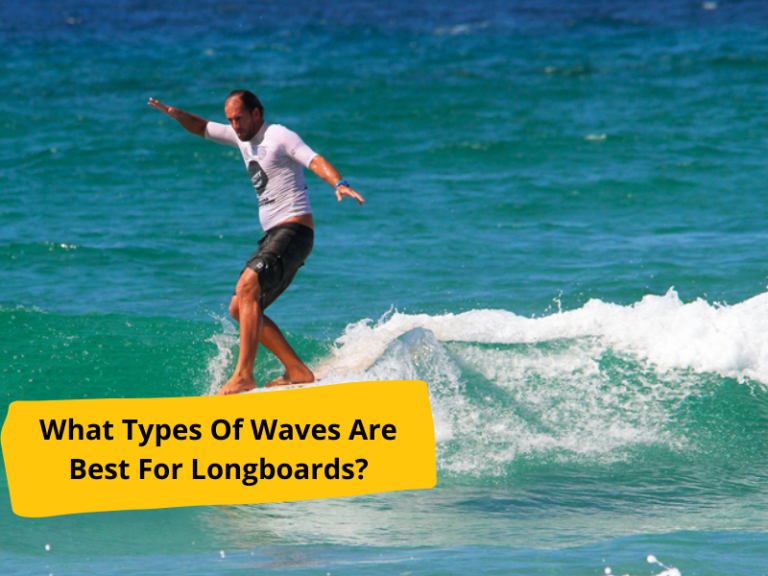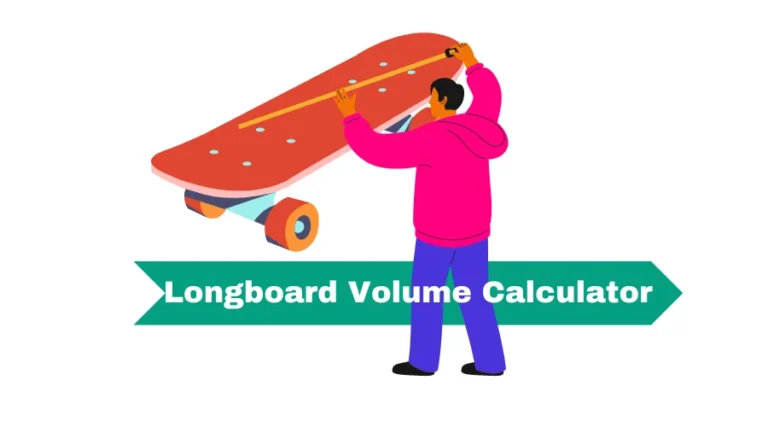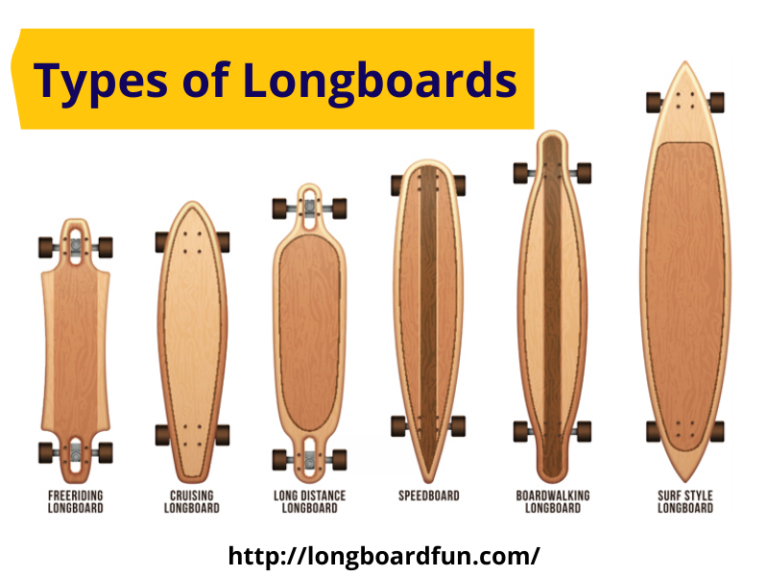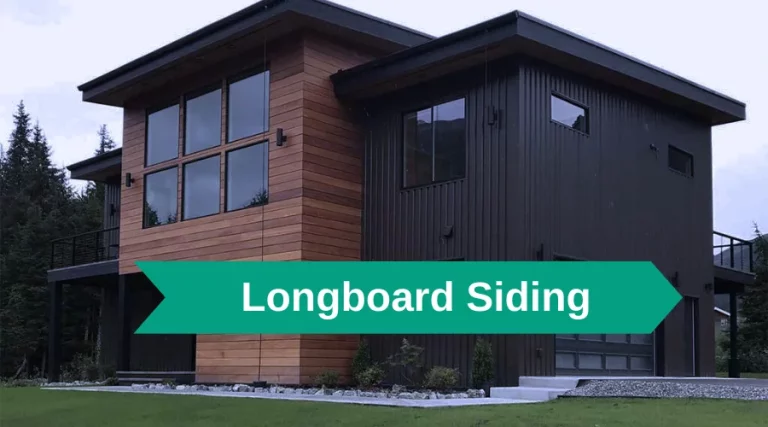What Type of Longboard Do You Need to Skate Fast?
Do you want to skate fast?
Can your current longboard handle the fast speed.
Continue reading to find out.
10 Best longboards for different speeds

1. 10mph/16kph
A little bit of a rush, but not too much. At 10 mph (16 kph), most skaters may feel comfortable and safe, so they tend to stick with it. Even a basic skateboard will do if you want to travel this fast without a sophisticated setup.
Things begin to get intense and a little more enjoyable as you reach 15 mph. Any type of longboard, skateboard, or rolling device would suffice. Going this fast may be difficult if you have an extremely inexpensive Amazon, Walmart-esque cruise. Cheap wheels made of plastic and weak bearings make it hard for a cheap board to go fast.
2. 20mph/30kph
If you’re riding a cruiser or longboard, speeding up to 20-25mph can be nerve-wracking. Please wear a helmet if you plan on going this fast. Because cruisers aren’t designed for high speeds, you may notice a slight twitch in your cruiser vehicle as a warning sign of impending wobbles.
You’re more prone to stumble and fall with weak ankles and a poor sense of balance. Most cruisers with wheelbases smaller than 20 inches will be best at this pace.
3. 30mph/50kph
I think this is a respectable pace. You deserve a pat on the back if you’ve reached 30mph. A decent longboard tuck should let you reach this speed on most hills if you’re a DH skater.
A daredevil if you managed to pull this off on a cruiser. No way I would attempt to cruise at 30mph, no matter how much experience I have in downhill skating.
If you plan to ride downhill frequently, you should invest in a longboard with a dedicated downhill section.
At this speed, wobbles are fairly prevalent, particularly on setups that aren’t built to handle speed. The sooner you invest in a vehicle specifically suited for this kind of speed, the better.
4. 40mph/65kph
As you can see, we’ve now entered the realm of considerable acceleration. You deserve a pat on the back if you can consistently and safely reach this speed.
A dedicated DH setup, helmets, and slide gloves are most likely worn by most people who go this fast.
If you’re one of the few people without safety gear, please do so. I can tell you from personal experience that falling at 40mph isn’t pleasant.
Stiff longboards with low-angle trucks, weighted bushings, and (sometimes) huge wheels are optimum for going this fast.
5. 50mph/80kph
You’re a true daredevil if you manage to hit this. You are one of a select few who have achieved this level of speed, and you should be proud of your accomplishment.
It’s hard to tell the difference between 40 and 45 mph and 50 mph. There’s no reason for you to worry about skating at speeds of up to 50mph.
At this pace, most riders wear minimal protection gear (slide gloves and helmets) and many more wear full-face helmets. Many things happen rapidly when falling this fast, and you may easily injure your face. A quality longboard full-face helmet is essential to maintain your appearance.
6. 60mph/100kph
For any rider, reaching 60 mph is a major accomplishment. It’s no joke to go this fast and enter the 3-digit club. Most riders will never be able to achieve this level of speed.
Most skaters that reach this speed are likely to be seasoned veterans with years of practice. A wheel like a Seismic Alpha or Seismic Kegel would be ideal for achieving these speeds.
In addition, they undoubtedly wear full-face helmets, and leathers and precision trucks aren’t out of the question.
7. 70mph/110kph
To travel this fast, a rider must be at a high altitude, such as Colorado or the Alps. Or they can access some insane mountain roads where these speeds are possible.
Riders may reach this speed at Romania’s Pasul Vulcan freeride. Riders achieved 100kph without tucking despite an average steepness of 15%! It’s insane, to be honest, and one of the most brutal events on the IDF racing circuit.
Nick Broms achieved the highest speed on it, reaching 125kph here.
9. 80mph/130kphs
For the longest time, the speed record was held here. We simply didn’t have steep enough hills (or the right conditions) to break through this barrier.
Mischo established the record in 2012, and it stood for a while. Erik Lundberg, I believe, finally broke it back in 2015/2016 by a few tenths of a second.
It appeared that 80mph was the top speed achievable for a long time until Kyle Wester achieved a huge breakthrough in 2016.
He hit 89 mph on a Colorado climb. This was not on everyone’s radar then, but it is still an admirable achievement.
10. 90mph/144kphs
Only four longboarders in history have ever gone this fast on their boards, and no one will likely ever go faster again.
A favourable tailwind gave racers an extra 10mph boost in the 2017 L’Ultimate Descent top speed competition. Making the already terrifying 80mph hill into a 90mph beast.
How fast can a longboard go on flat ground?
The cruising speed is normally between 5 and 14 miles per hour, or about 6 mph on average. You may believe that gaining speed on level ground is automatically faster or easier.
However, you can only accomplish high speeds if you have strong longboarding, pushing and pumping abilities. If you can master both, you’ll be able to go quickly on your longboard.
How Fast Can a Longboard Go Downhill?
Serious downhill cyclists who frequently compete in downhill racing typically travel at speeds ranging from 50 to 65 miles per hour.
Extreme downhill riders have been known to attain speeds of up to 90 miles per hour in rare situations. They may even go higher and quicker depending on the slope of the hill and the terrain’s topography.
Frequently Asked Questions
What size longboard should I get if I am 5’2?
A 7′′ deck is appropriate for people standing 4’4 or shorter. Taller people (4’5–5’2) can get a 7.5′′ one. Choose a deck that is wider than 7.5 inches if you are 5’3″ or taller. It is worth noting that the same width dimensions also apply to longboards.
How to choose a longboard?
Choosing the ideal longboard for you is difficult due to the infinite combinations of decks, trucks, and wheels—not to mention the subcomponents within and between these, such as bearings, bushings, hangers, spacers, and so on. Which combination works best for you is determined by your individual usage pattern, riding style, and physical abilities.
Conclusion
Remember that the setups I’ve discussed aren’t all used to going quickly. The DH skate scene is quite diversified, with numerous various setups available.
Finally, all that remains for me is to skate this fast so I can provide you with first-hand experience.

I am a longboarding enthusiast and a blogger. On this blog, I share tips, tricks, and advice based on my experience. I am dedicated to helping newbies improve their skills and enjoy this fun activity to the fullest.
Disclosure:This post may contain affiliate links. If you click on a link and make a purchase, we may earn a commission at no additional cost to you. Learn more.







